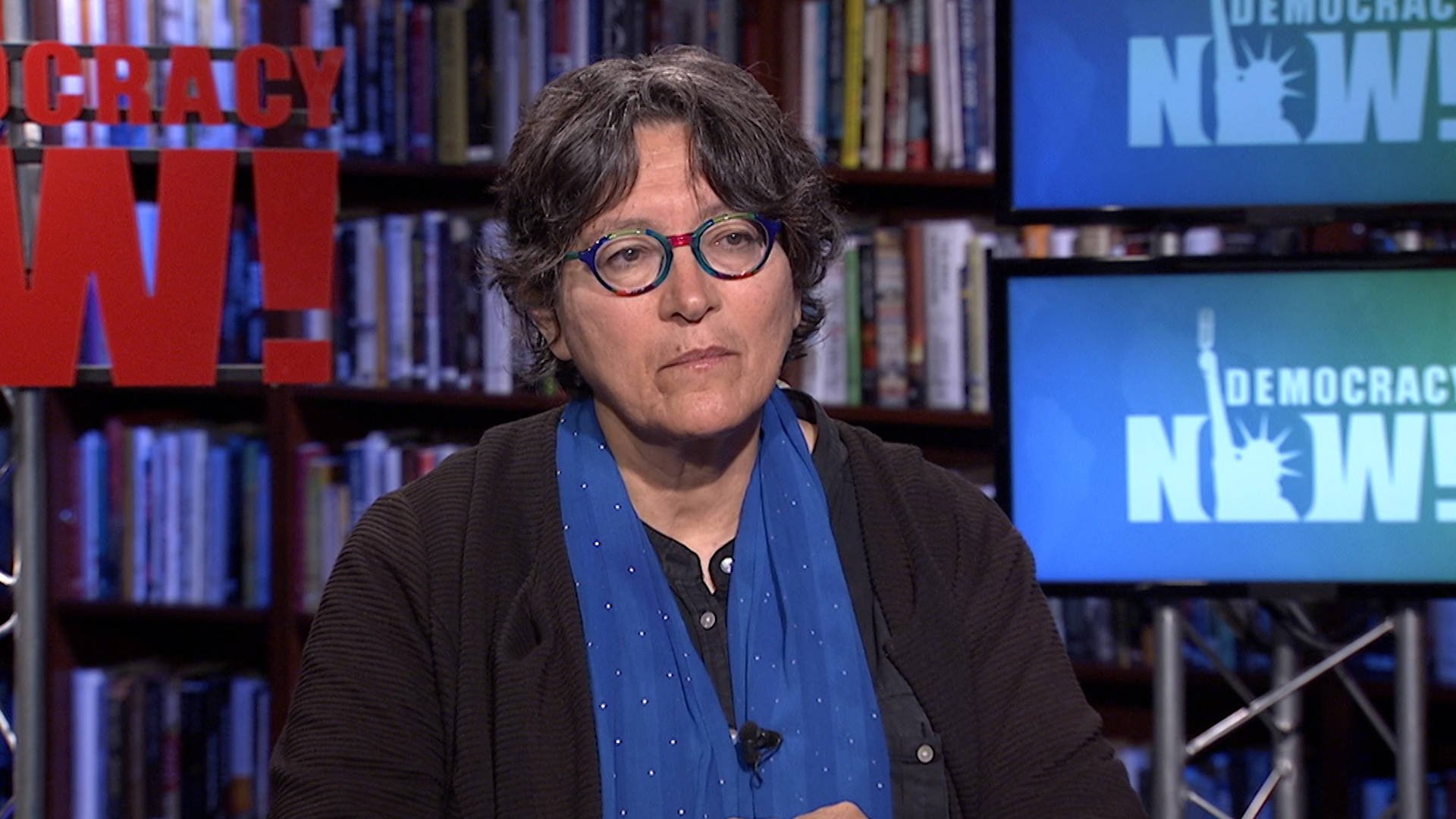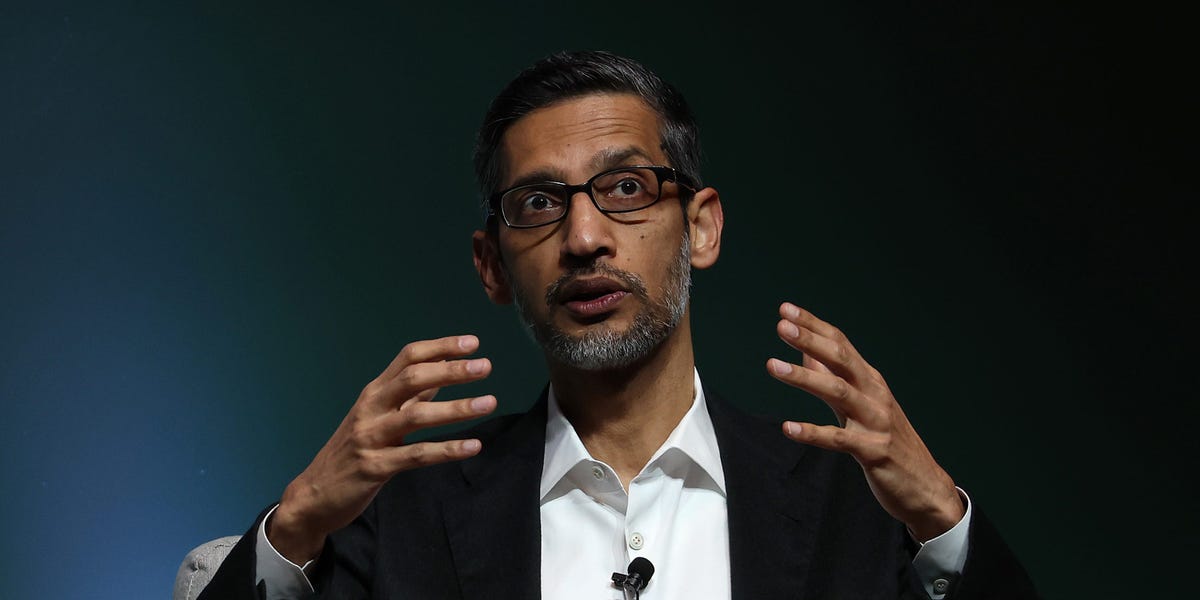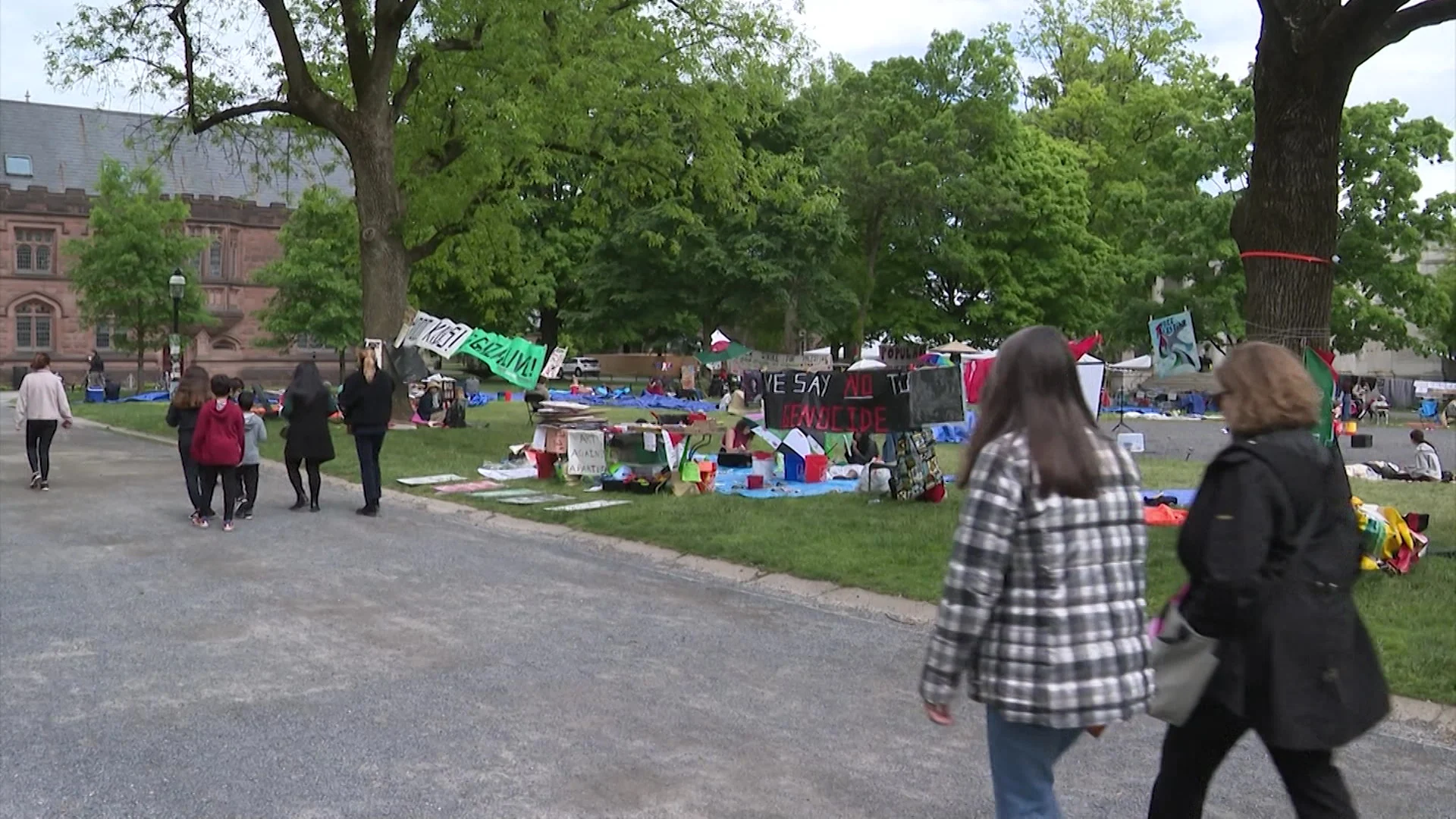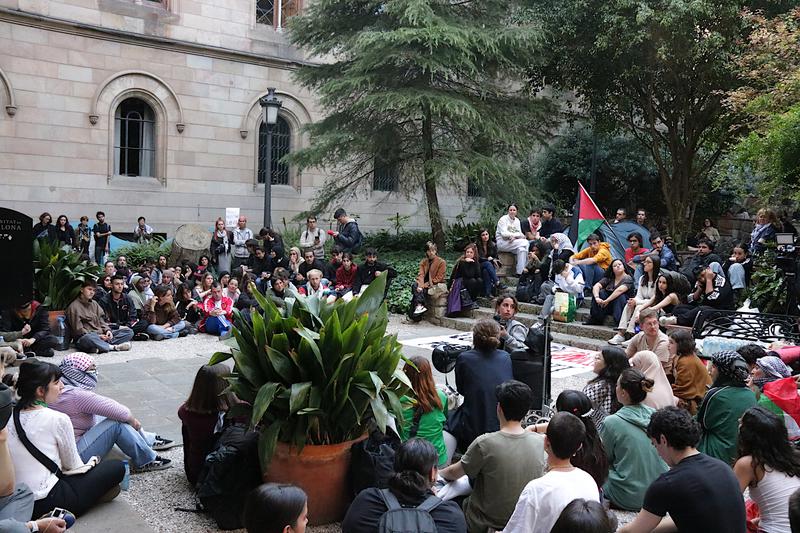solo
- 13 Posts
- 22 Comments

 141·6 months ago
141·6 months ago“You take some flour. We made a floating pier for you.”
“And you take 1 billion dollars in arms to kill those you starve to death.”

 272·6 months ago
272·6 months agoI’m kinda surprised the number is as low as 500, considering 35k have been killed in total, by all reports.
If you take into consideration that the West Bank is not the in this “war”, how does this number sound like?

 24·6 months ago
24·6 months agoUS citizens don’t need to fear any Russian disinformation video campaign, just themselves. Remember Pizzagate? No video was needed for this one to stick.

 232·6 months ago
232·6 months agoSo this title claims that
US intelligence spotted Chinese, Iranian deepfakes in 2020 aimed at influencing US voters
After that we get nothing but in more words:
It’s unclear what was depicted in the deepfakes
The NSA declined to comment.
And some bits that kinda contradict the danger implied in the title
The Chinese and Iranian operatives never disseminated the deepfake audio or video publicly
While they didn’t deploy their deepfakes in 2020, Iranian government operatives
At the time, some US officials who reviewed the intelligence were unimpressed, believing it showed China and Iran lacked the capability to deploy deepfakes in a way that would seriously impact the 2020 presidential election
Finally, we arrive to the funniest part:
This story has been updated with additional information.
So the info is that there is no info? And this was written by 3 people? Give us a break CNN
I guess some anti-booing tech will be deployed this year as well.

 62·6 months ago
62·6 months agoIs it a type of irony, a type of consistency, or both?

 4·6 months ago
4·6 months agoMilosevic’s trial was also in Hague but by a different court. See:
Comparing the ICTY and the ICC: Some Procedural and Substantive Issues

 2·6 months ago
2·6 months agoGreat question, hadn’t thought about it this way.
Well it looks there is a list of people detained by the International Criminal Court, not too sure what their positions or titles were tho.

 111·6 months ago
111·6 months agoTotally. Maybe something like have been doing for decades would be closer to reality.

 111·6 months ago
111·6 months agoI wouldn’t hold my breath. For mtgox it took a decade like to start doing so. Centralized finance sucks by default.
Ok, I’ll try to explain then.
There is no crypto without a blockchain, and blockchains live on the internet. Btw the projects that are worth in this environment are decentralized.
Federal courts in the US are passing laws and these laws are valid only in the US. They don’t threaten the survival of the “crypto industry” cause they live on the internet, not in the US. It just makes it harder to create a legit project in the US, or if you are a user you will need a VPN to access some sites that are not available in the country you live in.
This is why there is binance.com (for almost everywhere, except US) and binance.us (only for the US). This article fails to mention this difference so claiming that:
The cryptocurrency industry is counting on the federal courts to survive
makes it clear to me that the author has no understanding of how crypto works. That’s my good faith take on this article.
The cryptocurrency industry is counting on the federal courts to survive a sweeping enforcement crusade by Wall Street’s top regulator.
This statement can only mean that the author does not understand how blockchains work.

 2·8 months ago
2·8 months agoIntersectionality as a concept started by Crenshaw. She noticed a court case where a black woman sued a factory for not giving her a secretary job du to racism. The judge said that it could not be due to racism since the factory had employees that were black, and dismissed the case or ruled against it. Crenshaw spotted that the judge had not taken into consideration that all black employees were male working in the production line and all the secretary positions were taken by white females, so the judicial system can be ineffective when people are found in the intersection of different inequalities/etc, which by themselves are addressed. Or supposed to be addressed, but that’s another topic.
For the case in the article I think this is an analysis tool that could help us understand both sides. Of course with more info than the ones provided here.
Hope this was clear enough?

 4·8 months ago
4·8 months ago@ricdeh and @Luvs2Spuj, it looks like you are both correct since:
1978: Nona Gaprindashvili became the first female Grandmaster

 1·8 months ago
1·8 months agodeleted by creator

 115·8 months ago
115·8 months agoAnyone can enter the ‘mens’ league
Not if you are a woman that wants to go for the Grand Master title. In that case you have to join the Woman Grandmaster (WGM).

 53·8 months ago
53·8 months agoReasons for this are complicated and largely unknown
Really?
Well, systemic sexism is complicated, no doubt. You have to decide tho. Complicated or unknown? Cause it can’t be both.

 1418·8 months ago
1418·8 months agoPersonally, I both loved and hated the idea at first. The more I think about it, the more I find it valuable in some way.
Thanks you for saying so and spending time thinking about this. The way I see things, the point here is to take a glance at how systemic sexism works through an art exhibit. That is, if you dare.
Other examples that would illustrate what I mean in relation to systemic sexism, would be:
- It is not sexism if a dude is not allowed in a lesbian bar. They are a minority group, and just want to do their thing.
- It is sexism when a woman is refused to apply for a grandmaster chess tournament because of tradition/culture/etc.
We live in a world that women are still not allowed participate in these tournaments.
[edit: the strikethrough, cause apparently it’s not the case. There are women tournaments (only for women) and open ones (open to all). I think the example still stands, as an illustration to what I meant]











Now that you mentioned maps, I thought of sharing the United Nations one of this region, from September 2023.
It includes details of Isreal’s perimeter fence and shows the few entry points to Gaza, as well as some other chilling details on how Israel controls the state of Palestine.
Btw Gaza and the West Bank are Palestine. The State of Palestine is recognized as a sovereign state by 143 of the 193 member states of the United Nations, just not by the traditional colonialists (US, Israel, most EU, Australia) and a few more. “Devide-and-conquer” is the name of the game.
[Here are included some more maps, with recent & scary details from UN of the region]